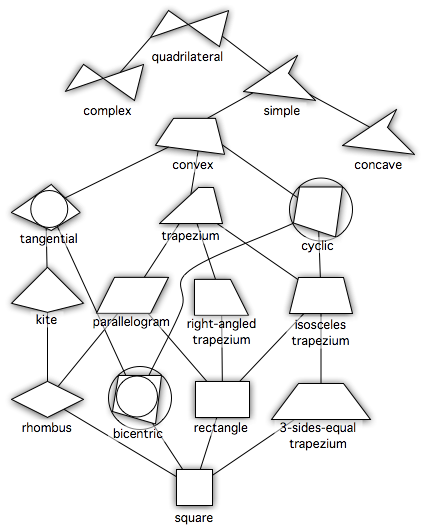I had a wonderfully insightful conversation with Susan today regarding my inquiry topic. I was able to share how I sort of changed my topic after doing some research because I don't think students should be disengaged. Among the many insightful things Susan offered, the idea of different kinds of flow was especially intriguing. We discussed how there are times when we can be busy with our hands and find it easier to pay attention and learn something. Susan brought up how Jasmine is able to crochet seamlessly in class while being fully engaged in classroom discussions. This realization was eye-opening. I and I am sure many others have mastered the art of giving someone your full attention and not listening to a single word they say. How to make teachers think that you are listening and paying attention. Susan discussed flow in terms of driving and this is true too! At some point you just get into the flow of three pedals and the shifter and you're no longer thinking about the road in front of you.
Everyone is able to tap into this, everyone can free up other parts of their brain while they engage in some activity that doesn't require thinking - it's almost muscle memory. How can we incorporate this into our classrooms? I was telling Susan it doesn't take long to learn how to crochet; you can get the gist of simple patterns in a few days. If we put in an initial investment for a week in our classrooms, I think it would be of immense help to have students crochet while I have to teach arbitrary concepts. It doesn't have to be crocheting, students preferences can definitely be catered to. Sometimes our fidgetiness contributes to our inability to pay attention. Mitigating this by something like crocheting can be especially helpful during technical, "boring" math classes. We also discussed how it was important to ensure there was some purpose to the physical activity. Just using a fidget spinner can draw all of the students attention because then it becomes a game. Crocheting however fulfills some purpose and tangible result of the student's effort.
This completely reframes the idea that "Flow" has to be challenging - you can be in this state of flow while doing something that it completely routine and mundane for lack of better words.
I still don't think I have a good way to explain dividing and multiplying by zero. Showing the asymptotic graph of 1/x certainly visualizes it but for me personally I need to understand it in my head before confirming it through visuals - not the other way around. I only know the rules when it comes to multiplication and division of numbers less than or equal to zero. I think I'm having difficulty because zero is both a number and something that doesn't exist which is a little contradictory. I'm going to have to ask my colleagues again because I think they explained it in a good way but now I can't recall what they said.


